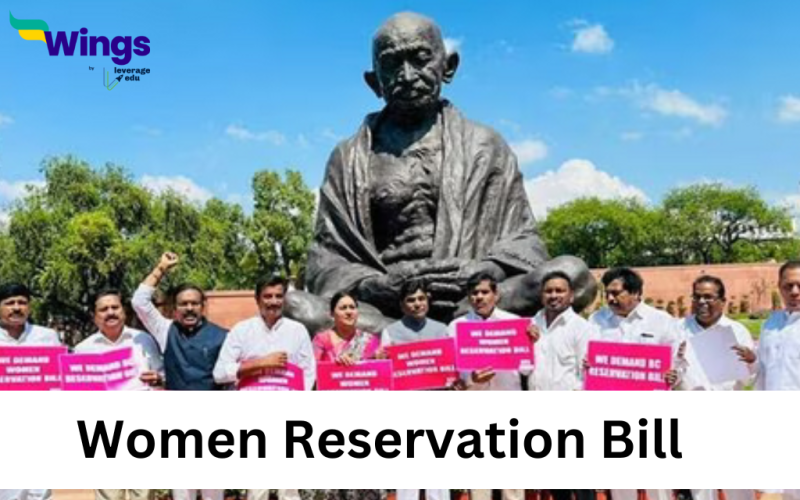The Union Cabinet recently cleared the Women’s Reservation Bill (WRB) in a meeting which was chaired by Prime Minister Narendra Modi. The Bill is expected to be moved during the ongoing special session, which will resume after shifting to the new building.
Meanwhile, the opposite government has welcomed the reported decision which was taken by the Union of Cabinet. More details regarding the Women’s Reservation Bill are still awaited.
In a post on the micro-blogging site X (formerly Twitter), senior Congress leader Jairam Ramesh said:
What is Women Reservation Bill?
According to the Constitution 108th Amendment Bill, 2008, women should be given a third (33 per cent) of the seats in state legislative assemblies and the Parliament. Within the 33 per cent quota, the law suggests sub-reservation for SCs, STs, and Anglo-Indians.
Rotational allocation of reserved seats is an option for several state or union territory constituencies. According to the proposed legislation, 15 years from the beginning of the amendment act, the seats reserved for women will no longer be available.
Women Reservation Bill: History
By presenting the Constitution Amendment Bill to grant one-third reservation for women in rural and urban local governments in May 1989, former Prime Minister Rajiv Gandhi laid the foundation for women’s representation in elected entities. In September 1989, the Bill was approved by the Lok Sabha but was rejected by the Rajya Sabha.
The Constitution Amendment Bills 72 and 73, which reserved one-third (33%) of all seats and chairperson roles for women in rural and urban local governments, were reintroduced in 1992 and 1993 by the then-prime minister P.V. Narasimha Rao. Both houses of Congress approved the bills, which thus became national law. Currently, the number of elected women serving in panchayats and Nagar Palikas across the nation is close to 15 lakhs.
The 81st Constitution Amendment Bill for the reservation of women in the Parliament was first introduced in Lok Sabha on September 12, 1996, by the United Front government led at the time by Deve Gowda. The Bill was submitted to a Joint Parliamentary Committee under the leadership of Geeta Mukherjee after the Lok Sabha rejected it. In December 1996, the Mukherjee Committee delivered their report. The Bill, however, became ineffective after the Lok Sabha was dissolved.
In 1998, the WRB Bill was advanced in the 12th Lok Sabha by the Atal Bihari Vajpayee-led NDA government. However, the Bill again fell victim to lack of support and expired. The Vajpayee administration then attempted to reinstate it in 1999, 2002, and 2003 without success.
Also Read: Engineer’s Day 2023: Theme
The WRB bill regained considerable traction during the Manmohan Singh-led UPA government-1 five years later. In order to keep it from lapsing once more, the government included it in its Common Minimum Programme in 2004 and eventually tabled it in the Rajya Sabha on May 6, 2008. In this iteration of the Bill, five of the seven suggestions made by the 1996 Geeta Mukherjee Committee were taken into consideration. On May 9, 2008, the measure was forwarded to the standing committee.
On December 17, 2009, the standing committee submitted its report. In February 2010, the Union Cabinet gave it its blessing. On March 9, 2010, the Rajya Sabha voted 186 to 1 to approve the Bill.
The Bill, however, was never brought up for discussion in the Lok Sabha and subsequently expired in 2014 when the Lok Sabha was dissolved. The Women’s Reservation Bill is still very much in effect as Rajya Sabha bills do not expire.
FAQs
The main aim behind this bill is to reserve one-third of all seats for women in the Lok Sabha and the state legislative assemblies.
As per the 73rd Amendment, the total number of seats to be filled by the direct elections for local self-governing bodies, 1/3rd have to be reserved for women.
We hope this article provides you with all the relevant information on this topic. For more related articles, you can read various Trending Events at Leverage Edu!
 One app for all your study abroad needs
One app for all your study abroad needs













